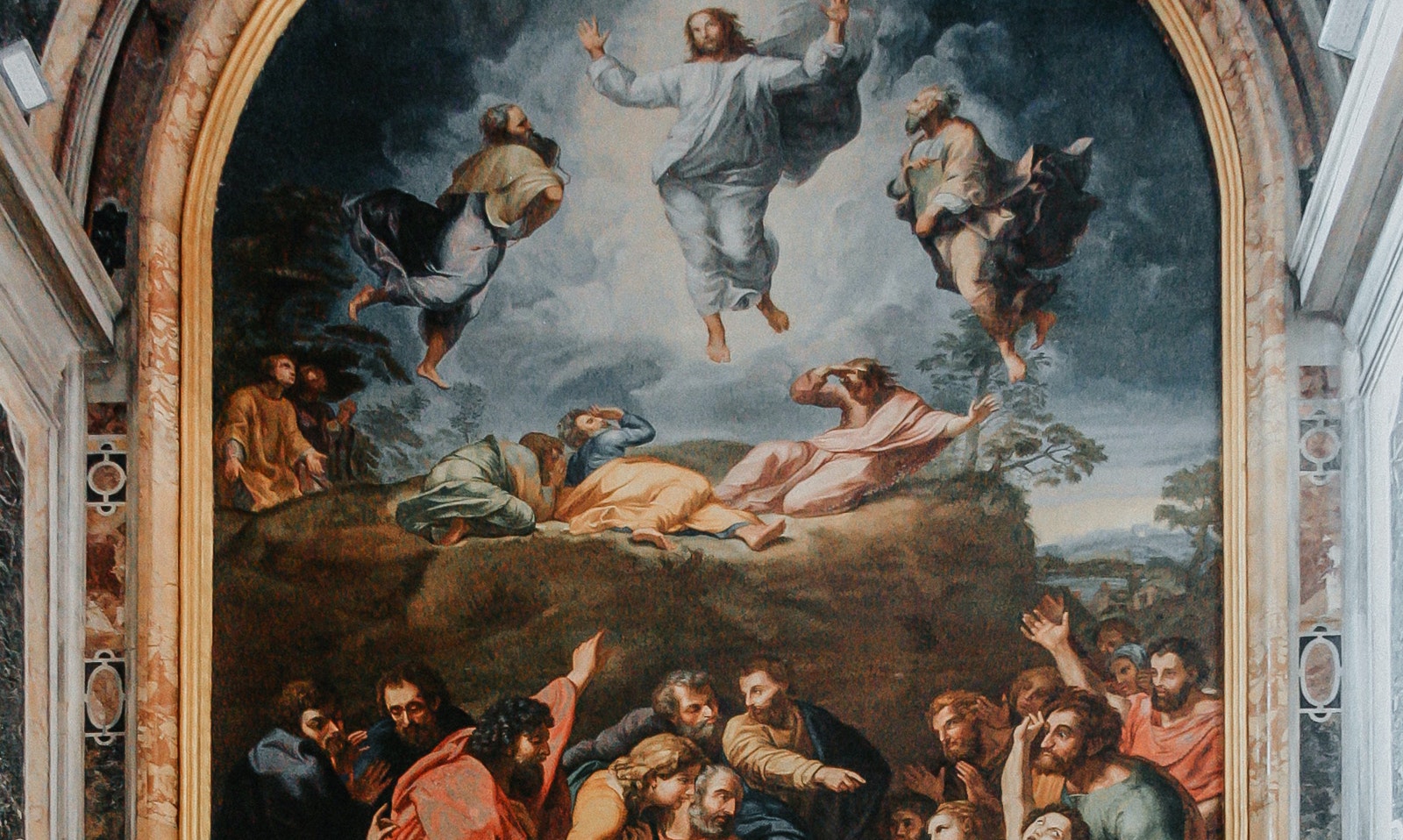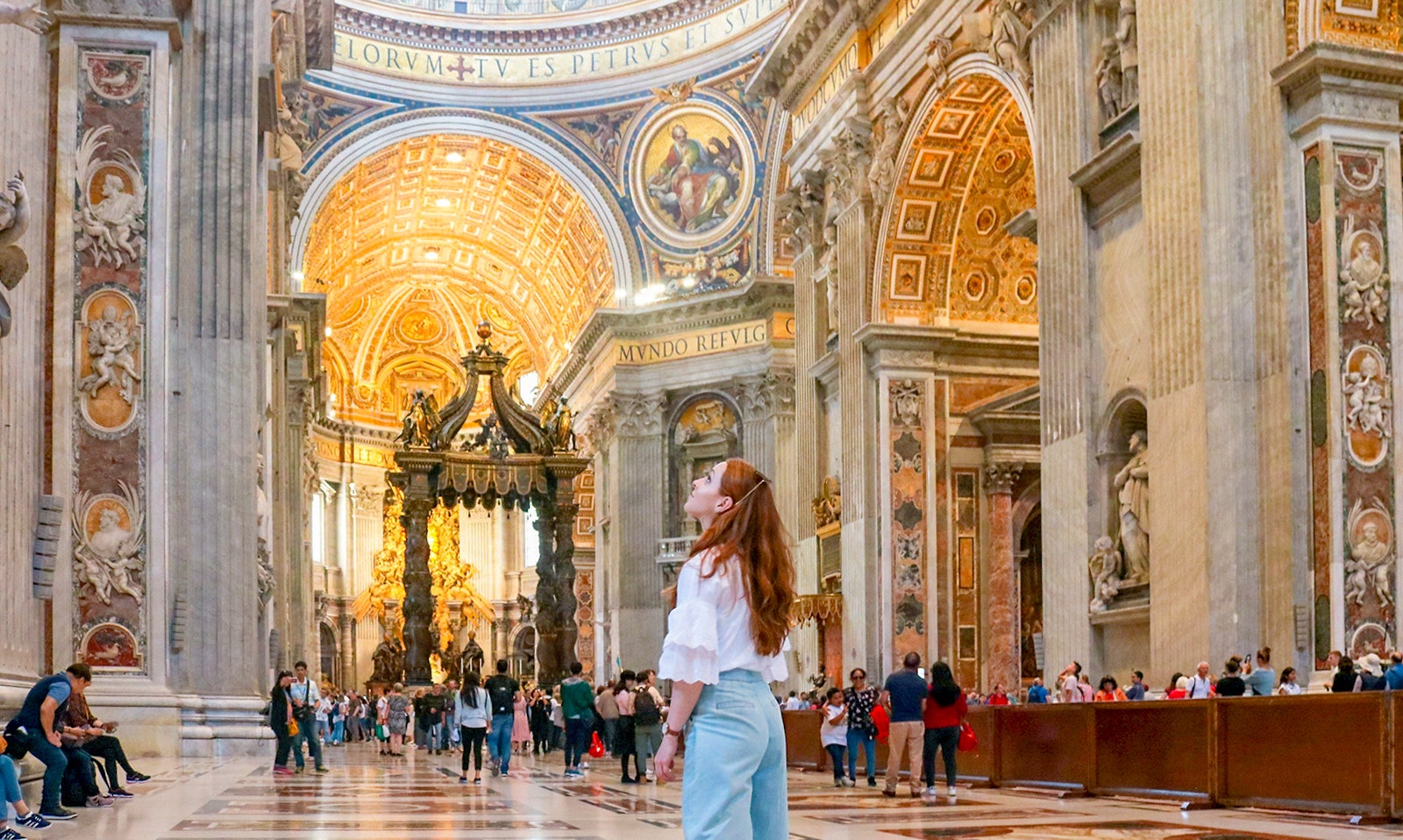Walking through halls lined with priceless Renaissance masterpieces is an experience that transports you across centuries of artistic achievement. At Florence's Accademia Gallery, these dreamlike experiences become reality. Founded in the 18th century as a teaching facility for students of the Academy of Fine Arts, this compact but extraordinary museum has evolved into one of Italy's most visited cultural institutions.
While most people rush in to see the famous David, the Accademia offers so much more. From hauntingly unfinished Michelangelo sculptures to delicate gold-leaf religious paintings, the collection tells the story of Italian art's evolution across centuries. Ready to explore? Here’s what you should look for in the Accademia Gallery.
Recommended Accademia Gallery tickets
Hall of the Colossus (Sala del Colosso)

At its center stands Giambologna's plaster model for "The Rape of the Sabines" (c.1580), a remarkable study for the marble masterpiece now displayed in Piazza della Signoria. This model showcases the artist's virtuosity in creating a three-figure composition from a single imagined block.
Surrounding this centerpiece is an extraordinary collection of 15th and early 16th century religious paintings. Look for:
- The Cassone Adimari: A wedding chest panel depicting a Florentine Renaissance celebration with remarkable architectural details.
- Botticelli's "Madonna of the Sea": Characterized by its delicate gold detailing and symbolic elements.
- Perugino's "Assumption of the Virgin" (1500): A monumental work featuring musical angels and four saints.
- Other Renaissance masters: Works by Filippino Lippi, Domenico Ghirlandaio, and Paolo Uccello.
Hall of the Prisoners (Galleria dei Prigioni)
.jpg?auto=compress&fm=pjpg&w=1920&h=1150&fit=min&q=80&crop=faces)
This dramatic gallery creates a unified pathway culminating with Michelangelo's David in the Tribune. The hall showcases four remarkable unfinished sculptures known as the Prisoners (or Slaves or Captives) - striking male nudes that appear to struggle against their marble confines.
These powerful works were conceived in 1505 for Pope Julius II's monumental tomb, originally intended to feature over 40 figures and stand within St. Peter's Basilica in Rome. Michelangelo personally selected the finest Carrara marble blocks, marking each with three circles. The Prisoners were designed for the tomb's lower pillars, representing souls imprisoned within flesh, struggling against human weaknesses.
The Tribune
.jpg?auto=compress&fm=pjpg&w=1920&h=1150&fit=min&q=80&crop=faces)
David by Michelangelo – And here he stands—the 17-foot marvel that draws visitors from around the world. Carved from a single block of marble when Michelangelo was just 26 years old, David captures the Biblical hero in the moment before battle with Goliath. Take your time to circle the statue completely—the details are astounding from every angle, from the tensed veins in his right hand to the intense, watchful expression. The natural light from the dome above bathes the sculpture perfectly, highlighting different details throughout the day.
The Orcagna Room
This intimate space displays a collection of Gothic altarpieces from the 14th century, including several by Andrea di Cione (known as Orcagna). The highlight is Orcagna's "Pentecost" altarpiece, notable for its vibrant colors and gold leaf detailing. The carefully rendered facial expressions and clothing demonstrate the transition between Byzantine tradition and early Renaissance innovation.
Tree of Life by Pacino di Bonaguida
.jpg?auto=compress&fm=pjpg&w=1920&h=1150&fit=min&q=80&crop=faces)
This intricate masterpiece from around 1310 presents the story of humanity's fall and redemption through dozens of miniature scenes arranged on a tree. Spend a few minutes identifying the different Biblical stories portrayed in this elaborate visual sermon.
Gipsoteca Bartolini Hall
This fascinating wing houses the teaching collection of plaster casts assembled by neoclassical sculptor Lorenzo Bartolini (1777-1850). The hall displays hundreds of anatomical studies, portrait busts, and mythological figures that served as instructional models for Academy students. Highlights include:
- Bartolini's "Faith in God": A striking sculpture depicting a kneeling young woman in prayer.
- Portrait busts: Several sculptures of 19th-century Florentine nobility showcasing masterful realism.
- Anatomical studies: Detailed sculptures highlighting musculature and proportions that artists studied for precision.
Hall of Musical Instruments
Stradivari violins and other rare instruments from the Medici family's collection – including a remarkable viola by Antonio Stradivari from 1690 that showcases his unparalleled craftsmanship.
Bartolomeo Cristofori's early pianoforte – Created around 1700, this revolutionary instrument is essentially the ancestor of every modern piano. Cristofori's invention allowed musicians to play both softly (piano) and loudly (forte) for the first time—hence the name "pianoforte." Music lovers shouldn't miss this historical treasure!
First Floor Gothic Collection

The peaceful first floor of the Accademia offers a refreshing contrast to the crowds below. Completely reorganized in 2013, this space houses exquisite late Gothic Florentine paintings created between 1370-1420, displayed under thoughtfully designed lighting.
Look for Jacopo di Cione's emotionally charged "Massacre of the Innocents," which vividly depicts this Biblical tragedy alongside the Adoration of the Magi and Flight into Egypt. The panel's detailed costumes and expressive faces were designed to communicate sacred stories to the illiterate masses.
Don't miss Don Silvestro Gherarducci's tender "Madonna of Humility," showing Mary seated on a floor cushion rather than a throne. Gherarducci, a Camaldolese monk like Lorenzo Monaco, applied his miniaturist expertise to create intricate punched decorations in the gold work.
The collection showcases magnificent altarpieces commissioned by wealthy Florentine Guilds, featuring saints in fashionable attire. Lorenzo Monaco's elegant "Annunciation" triptych displays his characteristic vibrant colors, recently revealed through careful restoration. His delicate figures and heavenly blues and pinks create an otherworldly spiritual atmosphere that defined Florentine Gothic painting.


